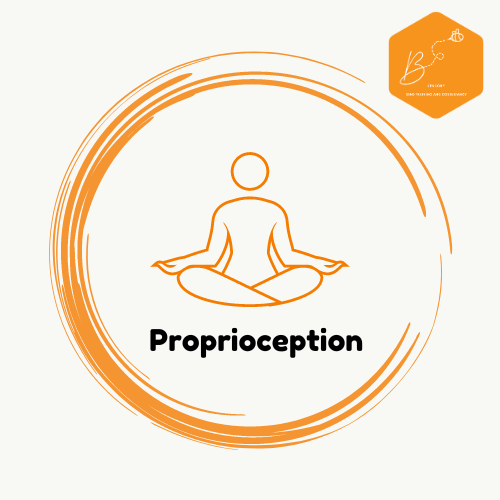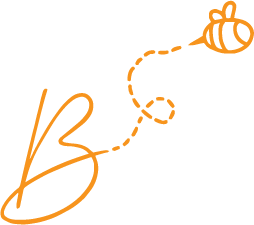Signs and symptoms of Proprioception Difficulties

Signs and symptoms of Proprioception Difficulties
It is essential for professionals and caregivers to be able to identify when somebody is having olfactory and gustatory processing difficulties. As well as sensory profiling people to identify their sensory difficulties, being able to recognise the signs of sensory needs is vital for effective management.
Proprioception difficulties can manifest in various signs and symptoms that affect an individual's awareness of their body's position, movement, and coordination. Here are some common signs and symptoms of proprioception difficulties:
- Poor Spatial Awareness: Individuals may have difficulty judging the position of their body in space and may bump into objects or misjudge distances when reaching for objects.
- Clumsiness and Lack of Coordination: Proprioception difficulties can result in clumsiness and a lack of coordination in activities such as walking, running, or participating in sports. Individuals may have trouble coordinating their movements and may appear unsteady or awkward in their movements.
- Difficulty with Balance and Stability: Individuals may struggle to maintain balance and stability, particularly when standing on one foot or navigating uneven surfaces. They may have a tendency to sway or lose their balance easily.
- Difficulty with Fine Motor Skills: Proprioception difficulties can affect fine motor skills such as handwriting, tying shoelaces, or using utensils. Individuals may have trouble controlling the movements of their fingers and hands with precision.
- Grip Strength Issues: Individuals may have difficulty modulating their grip strength when handling objects, leading to problems such as dropping objects or applying too much force.
- Delayed Motor Milestones: Children with proprioception difficulties may experience delays in achieving motor milestones such as crawling, walking, or climbing. They may require additional support and intervention to develop motor skills.
- Difficulty with Body Awareness: Individuals may have limited awareness of their body's position and movements, leading to challenges in activities such as dressing, grooming, or navigating crowded spaces.
- Sensitivity to Touch or Pressure: Some individuals with proprioception difficulties may be hypersensitive or hyposensitive to touch or pressure. They may seek out or avoid certain tactile sensations and textures.
- Difficulty Modulating Movement Speed: Individuals may have difficulty modulating the speed and force of their movements, leading to problems such as moving too quickly or too slowly in activities.
- Fatigue and Muscle Weakness: Proprioception difficulties can contribute to muscle fatigue and weakness due to inefficient movement patterns and compensatory strategies used to navigate the environment.
- Difficulty Following Instructions: Individuals may have trouble following verbal or written instructions that require coordinated movements or spatial orientation.
- Frequent Accidents or Injuries: Proprioception difficulties can increase the risk of accidents and injuries due to falls, collisions, or misjudgments of spatial relationships.
It's important to note that the signs and symptoms of proprioception difficulties can vary widely among individuals and may be influenced by factors such as age, developmental stage, and underlying medical conditions. Seeking assessment and intervention from occupational therapists or other healthcare professionals can help individuals address proprioception difficulties and improve their motor skills and functional abilities.

